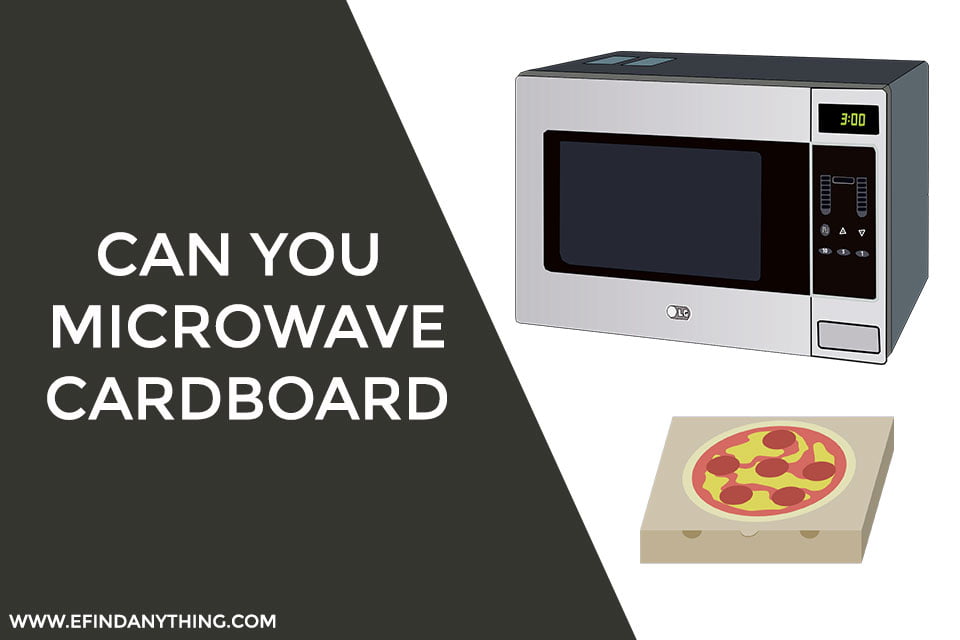When it comes to storing chicken in the fridge, it’s important to know how long it can safely stay in there before it needs to be cooked or thrown away. While it may be tempting to keep leftovers for as long as possible, it’s crucial to prioritize food safety to avoid any potential health risks. In this article, we’ll explore the factors that affect how long chicken can stay in the fridge, as well as some tips for storing it properly.
The first thing to consider when it comes to storing chicken is the temperature of your fridge. According to the USDA, chicken should be stored at a temperature of 40°F or below to prevent the growth of harmful bacteria. It’s also important to keep chicken in its original packaging or a covered container to avoid any cross-contamination with other foods. Additionally, it’s recommended to place chicken on the bottom shelf of the fridge to prevent any drips or spills from contaminating other foods.
When it comes to how long chicken can stay in the fridge, the general rule of thumb is that it can last for up to four days if it’s cooked and stored properly. However, this can vary depending on a variety of factors such as the type of chicken, how it was cooked, and how it was stored. In the next section, we’ll dive deeper into these factors and provide some tips for ensuring that your chicken stays fresh and safe to eat.

Table of Contents
Understanding Food Safety
Basics of Food Spoilage
As we all know, food can spoil over time. Spoilage can be caused by various factors such as bacteria, fungi, and other microorganisms. When food spoils, it can become unsafe to eat and can cause foodborne illnesses. Therefore, it is essential to understand the basics of food spoilage to ensure that we consume safe and healthy food.
One of the primary factors that contribute to food spoilage is time. As food sits in the fridge, it can start to break down and decompose. This process can be accelerated by exposure to air, light, and moisture. Therefore, it is important to store food properly, keeping it sealed and away from moisture and light.
Another factor that can contribute to food spoilage is the presence of microorganisms such as bacteria and fungi. These microorganisms can grow and multiply rapidly in the right conditions, such as warm temperatures and moist environments. Therefore, it is important to keep food at the right temperature to prevent the growth of these microorganisms.
How Temperature Affects Food Safety
Temperature is one of the most critical factors in ensuring food safety. When food is stored at the wrong temperature, it can become a breeding ground for harmful bacteria, which can cause foodborne illnesses. Therefore, it is important to understand how temperature affects food safety.
The ideal temperature for storing food in the fridge is between 35°F and 40°F (1.7°C to 4.4°C). At this temperature, the growth of harmful bacteria is slowed down, and food can stay fresh for longer periods. However, if the temperature rises above 40°F (4.4°C), the growth of bacteria can increase rapidly, leading to food spoilage and potential foodborne illnesses.
It is also important to note that different types of food have different temperature requirements. For example, raw meat and poultry should be stored at a temperature of 40°F (4.4°C) or below, while cooked meat and poultry can be stored at a temperature of 140°F (60°C) or above.
In conclusion, understanding food safety is essential to ensure that we consume safe and healthy food. By understanding the basics of food spoilage and how temperature affects food safety, we can take the necessary steps to prevent foodborne illnesses and keep our food fresh for longer periods.
Factors Influencing Chicken Shelf-Life
Freshness at Purchase
The freshness of chicken at the time of purchase is a critical factor in determining its shelf-life. If you purchase chicken that is already close to its expiration date, it will have a shorter shelf-life compared to chicken that is freshly packaged. When purchasing chicken, make sure to check the sell-by date on the package and choose the freshest option available.
Packaging and Storage Conditions
The packaging and storage conditions of chicken also play a significant role in determining its shelf-life. Chicken that is vacuum-sealed or tightly wrapped will last longer than chicken that is not. It is also crucial to store chicken at the right temperature. The USDA recommends storing chicken at or below 40°F to prevent the growth of harmful bacteria.
When storing chicken in the fridge, make sure to keep it on the bottom shelf to prevent any juices from dripping onto other foods. If you plan to store chicken for an extended period, consider freezing it. Frozen chicken can last up to nine months, while fresh chicken typically lasts only a few days in the fridge.
In summary, the freshness of chicken at the time of purchase and the packaging and storage conditions are the two main factors that influence its shelf-life. By following proper storage guidelines and purchasing the freshest chicken possible, you can ensure that your chicken stays fresh and safe to eat for as long as possible.

Recognizing Spoiled Chicken
When it comes to storing chicken in the fridge, it’s important to know when it’s time to throw it out. Spoiled chicken can cause foodborne illnesses, so it’s crucial to recognize the signs of spoilage before consuming it.
Visual Signs
The first step in identifying spoiled chicken is to look for any visual signs of spoilage. Here are some things to look out for:
- Discoloration: If the chicken has turned gray or green, it’s likely that it’s spoiled.
- Slimy texture: If the chicken feels slimy to the touch, it’s a sign that it’s gone bad.
- Mold: If there is any mold growing on the chicken, it should be discarded immediately.
Odor Test
Another way to determine if chicken has spoiled is to use your sense of smell. Here’s how to perform an odor test:
- Sniff the chicken: If the chicken has a sour or ammonia-like smell, it’s likely that it’s spoiled.
- Trust your instincts: If the chicken smells off or bad in any way, it’s best to err on the side of caution and throw it out.
Texture Check
The texture of the chicken can also provide clues as to whether it’s still good or not. Here’s what to look for:
- Firmness: If the chicken feels mushy or soft, it’s a sign that it’s gone bad.
- Stickiness: If the chicken feels sticky to the touch, it’s likely that it’s spoiled.
- Dryness: If the chicken is excessively dry, it may not be spoiled, but it’s likely that it’s past its prime and won’t taste as good.
In summary, it’s important to recognize the signs of spoiled chicken in order to avoid foodborne illnesses. Look for visual signs of spoilage, perform an odor test, and check the texture of the chicken. When in doubt, it’s always better to throw it out.
Safe Handling of Chicken
When it comes to handling chicken, proper hygiene and safe food handling practices are essential to prevent foodborne illnesses. Here are some tips for safe handling of chicken:
Proper Refrigeration
Proper refrigeration is crucial when it comes to storing chicken. Raw chicken should be refrigerated at a temperature of 40°F or below to prevent bacterial growth. It is recommended to store chicken in its original packaging on the bottom shelf of the refrigerator to prevent it from contaminating other foods.
If you plan to store chicken for an extended period, it is best to freeze it. Chicken can be stored in the freezer for up to 9 months. When freezing chicken, it is recommended to wrap it tightly in plastic wrap or aluminum foil to prevent freezer burn.
Safe Defrosting Methods
Defrosting chicken safely is just as important as proper refrigeration. The safest way to defrost chicken is in the refrigerator. Simply place the chicken in a dish or container and allow it to defrost in the refrigerator overnight.
If you need to defrost chicken quickly, you can use the cold water method. Place the chicken in a leak-proof plastic bag and submerge it in cold water. Change the water every 30 minutes until the chicken is thawed.
Never defrost chicken at room temperature as this can lead to bacterial growth and increase the risk of foodborne illness.
By following these safe handling practices, we can reduce the risk of foodborne illness and enjoy delicious and safe chicken meals.
Conclusion
In conclusion, it is important to properly store chicken in the refrigerator to prevent the growth of harmful bacteria. The recommended maximum storage time for raw chicken in the fridge is 2 to 3 days. However, it is important to note that this can vary depending on the temperature of your fridge and the freshness of the chicken when purchased.
To ensure that your chicken stays fresh for as long as possible, it is important to store it in the coldest part of your fridge, which is usually the back of the bottom shelf. You should also keep it in its original packaging or wrap it tightly in plastic wrap or aluminum foil to prevent air and moisture from getting in.
If you have leftover cooked chicken, it can be stored in the fridge for up to 4 days. Be sure to store it in an airtight container to prevent it from drying out. If you are unsure if your chicken is still safe to eat, always err on the side of caution and throw it out.
By following these guidelines, you can ensure that your chicken stays fresh and safe to eat for as long as possible.

Frequently Asked Questions
How long can unopened raw chicken stay in the fridge?
Unopened raw chicken can stay in the fridge for up to two days. However, it is always best to check the expiration date on the packaging before buying and storing it in your fridge.
How long is it safe to keep chicken breast in the freezer?
Chicken breast can be safely stored in the freezer for up to nine months. Make sure to store it properly in an airtight container or freezer bag to prevent freezer burn.
How many days can raw chicken be stored in the fridge?
Raw chicken can be stored in the fridge for up to two days. It is important to keep it in the coldest part of the fridge, which is usually the bottom shelf, to prevent bacteria growth.
What is the maximum time that raw chicken can be kept in the fridge?
The maximum time that raw chicken can be kept in the fridge is two days. It is important to cook it thoroughly to an internal temperature of 165°F to kill any harmful bacteria.
How long does cooked chicken last in the fridge?
Cooked chicken can be stored in the fridge for up to four days. Make sure to store it in an airtight container or wrap it tightly in plastic wrap to prevent contamination.
How long can chicken salad be stored in the fridge?
Chicken salad can be stored in the fridge for up to three days. Make sure to store it in an airtight container and discard any leftovers that have been left out at room temperature for more than two hours.





